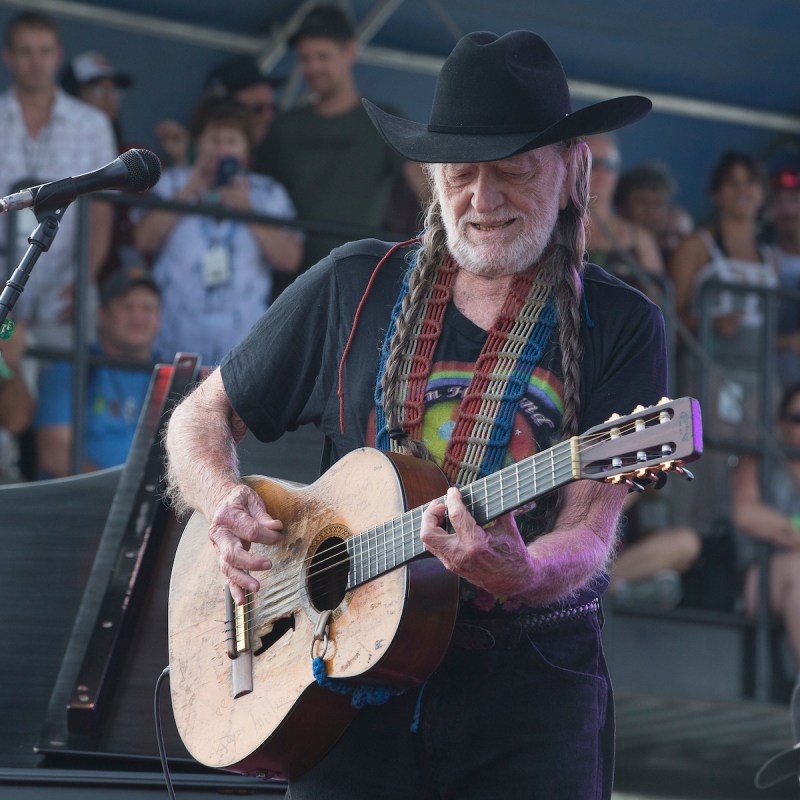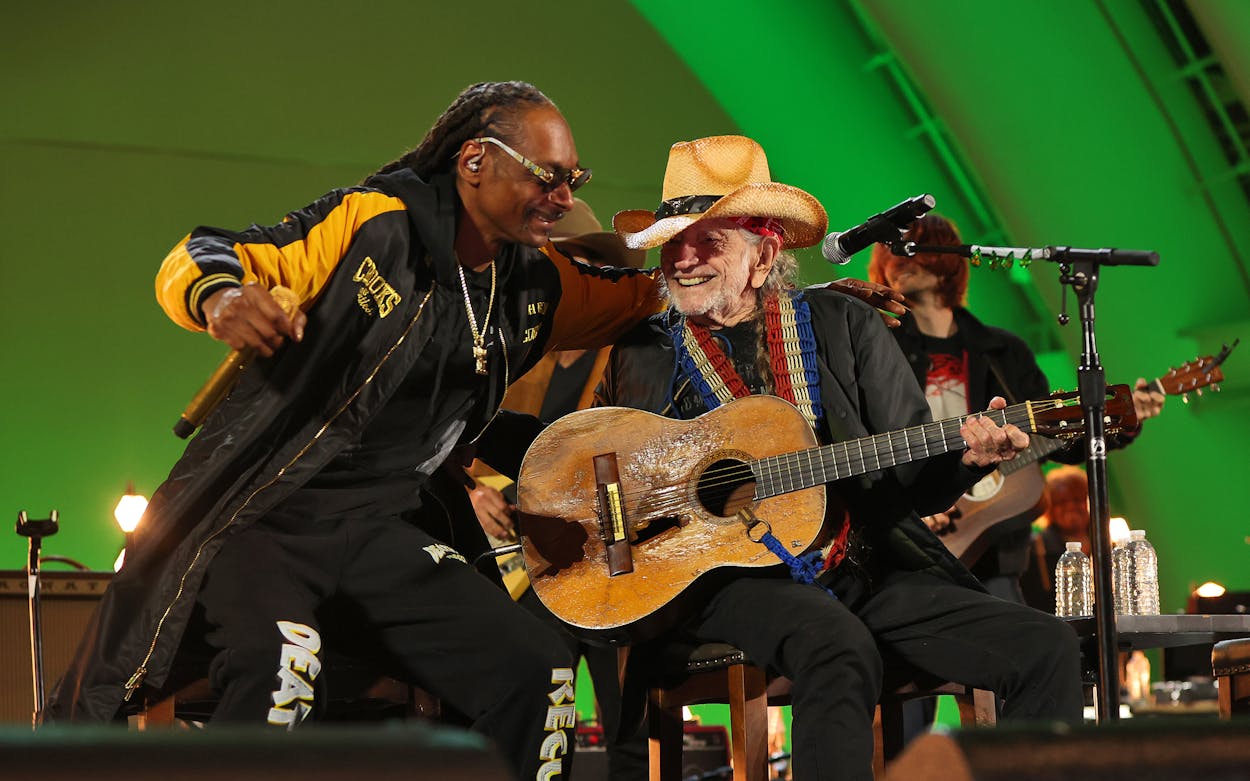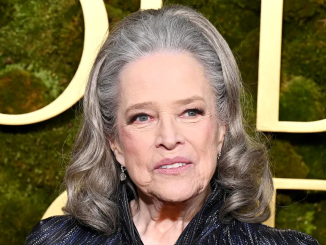
Willie Nelson, beloved 89-year-old country music legend, recently released his highly-awaited autobiography, Me and Paul: Untold Stories of a Fabled Friendship. This captivating book has struck a chord with fans all over, bringing to light not only his remarkable bond with his right-hand man, Paul English, but also Nelson’s own personal struggles.

Within the pages of his autobiography, Nelson openly shared the ups and downs of his seven-decade friendship with Paul English. However, it was his admission of a past suicide attempt that truly shocked and concerned both his family and his loyal supporters. Nelson revealed how he once found himself at his lowest point, contemplating ending it all, seeking solace by laying his head on a lonesome train line.
Thankfully, Nelson found the strength to carry on and didn’t let that dark moment define him. In fact, it was a pivotal turning point in his career. A mere fifteen minutes after his failed suicide attempt, Nelson walked back into the bar, determined to embrace life and pursue his passion for music. This setback fueled his determination to succeed and propelled him into the music industry.
According to an unnamed source close to Nelson, he felt the constant pressure to work hard, fearing that everything he had achieved would slip away. Remarkably, Nelson revealed that he would rather die doing what he loves most – performing on stage – than to end his own life. His dedication to his craft is truly awe-inspiring.
In a recent interview with Parade, Nelson expressed his perspective on life, sharing that he has no plans of quitting the music industry anytime soon. Instead, he chooses to focus on living in the present and making the most of the precious time he has left. Nelson’s outlook is undeniably optimistic, and he believes in embracing the good in life and continually striving for even better times ahead.

As a testament to his indomitable spirit, Nelson remains active and passionate about his craft. He reveals that one of his daily rituals includes writing a song titled “Pay for the Day.” For Nelson, this creative process, combined with light exercise, such as a short jog, brings immense joy and satisfaction. He even discovered that singing is beneficial for his lungs, particularly during these challenging times of confinement.
With his ever-positive mindset, Nelson encourages others to adopt a hopeful perspective, reminding us that even in the darkest moments, there is always light at the end of the tunnel. The music icon plans to take his own advice and continue performing live shows, sharing his passion and spreading joy to audiences around the world.
Willie Nelson’s journey is one of resilience, friendship, and an unwavering zest for life. His autobiography not only offers a glimpse into his extraordinary life but reminds us to cherish every moment and find inspiration in the face of adversity. Let Willie Nelson’s spirit ignite our own sense of wonder and determination as we navigate our own paths.
Willie Nelson Threw a Ninetieth Birthday Party, and Everyone Came
Snoop Dogg, the Chicks, Keith Richards, George Strait, and many, many more came together for a two-day birthday party the likes of which the world has never seen.

By the time Willie Nelson finally strode onstage a few minutes past 10 p.m. this Saturday, a full house at California’s legendary Hollywood Bowl already had witnessed three hours of unforgettable music. Dozens of Nelson’s friends and fellow performers gathered in Los Angeles for Long Story Short: Willie Nelson 90, A Star-Studded Concert Celebrating Willie’s 90th Birthday, a two-night celebration that must have been one of the biggest nonagenarian birthday bashes the planet has ever seen.
We’d already heard fellow Texans such as Leon Bridges, Gary Clark Jr., the Chicks, Norah Jones, and Lyle Lovett, playing the songs that helped make Willie an iconic twentieth-century American songwriter. The lineup underscored how Nelson’s impact bridges generations (more on that in our podcast, One by Willie) from thirtysomethings Billy Strings and Tyler Childers to elder statesmen Kris Kristofferson and Tom Jones. And it demonstrated Willie’s transcendence of genre: Ziggy Marley’s reggae reading of “Still Is Still Moving to Me” fit just fine alongside Warren Haynes’s take on the Allmans’ Southern-rock classic “Midnight Rider,” which Nelson turned into a top-ten country hit in 1980.

But everyone was eager for Nelson himself to take the stage. Neil Young and Stephen Stills had just treated their home-state crowd to a historic minireunion: Young sang “Long May You Run,” the title track of 1976’s Stills-Young Band album, as a salute to his friend and Farm Aid cofounder before Stills unleashed his signature tune, “For What It’s Worth.” Next came Young’s “Are There Any More Real Cowboys?,” which Neil sang with Nelson on a 1985 duets album. That was Willie’s cue: the crowd was already on its feet, but it roared when the birthday boy appeared.



Leave a Reply